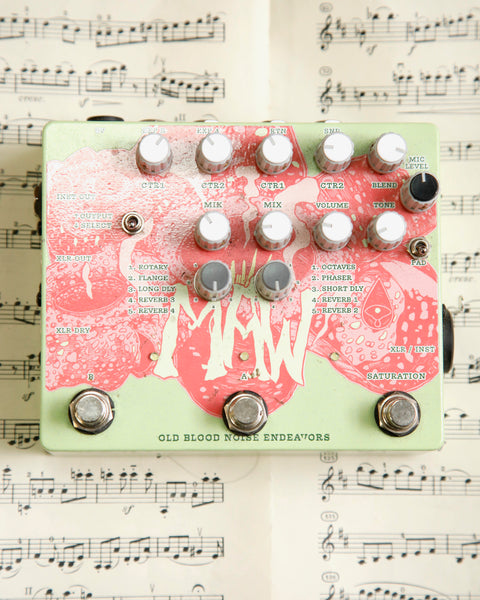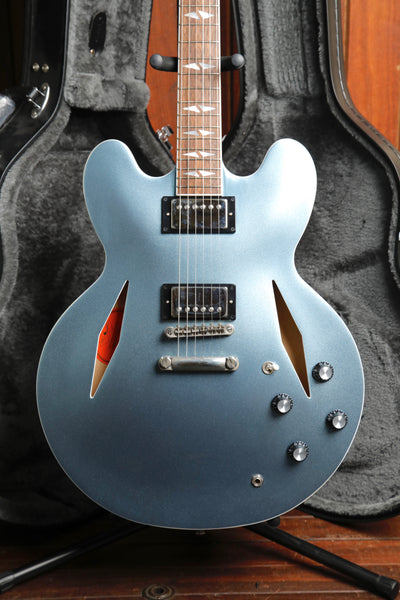Effects Wampler Doctor Lo-Fi Delay Pedal Pre-Owned
- Online Layby
- Local Pickup
- Trusted Store
- Worldwide Shipping
- Serviced and Setup
- Layby deposit
- Layby this product by using the code LAYBY on checkout. Read our LayBy agreement.
- Delivery
- Standard shipping or pick up in store
Pre-owned in excellent condition, original box not included.
A few years ago Brad Paisley requested we build him a delay specically for a project he was working on, that project was an album called Wheelhouse. He wanted something that was more dreamy, that had a more airy texture that can easily send the repeats into self-oscillation. Something that can create a mood based purely on the delay line itself. First seen online as the SkyLine Delay proto, which then had it’s name changed to Wheelhouse (in tribute to the album) proto, it is now available as The Doctor.
Sitting somewhere between the Faux Tape Echo v2 (usability and features) and the Ethereal (in terms of ambient response) The Doctor is the most practical and easy to use ambient delay availabe. With a perfect tap tempo and 4 sub divisions, a stunning tape like emaulation built in, putting all these features together makes the Doctor the perfect partner if you praise and worship, have a radiohead or just need to be comfortably numb.
As you have come to expect with a Wampler, the through signal remains untouched - after the signal goes in, it is split and the eected signal is laid back on top of the original, making sure your guitar signal leaves the pedal as perfect as it goes in. After all, this is all about your tone and adding to it... Giving you the best tone possible!
To get the most out of your new pedal, you'll want to become very familiar with the controls. The Doctor features Depth, Rate, Tone, Repeats, Delay Mix and Delay controls - in addition to a Tap Tempo footswitch located on the bottom right which overrides the Delay control as long as the pedal is powered. There is also the sub division selector switch to control how the delay come back to you in relation to the tempo that has either been selected via the knob or tap tempo.
Bypass – A relay based true-bypass footswitch thatensures that your signal is unaected when bypassed.
Delay Mix – Controls the level of the delayed signal. At low settings, this can be quite subtle, and it is strongly interactive with the Tone and Repeats controls. Where it begins to equal or even overtake the dry signal depends on how loud your guitar's output is, but it has a very thorough range of adjustment which allows you to dial in precisely how much wet signal you want.
Repeats – This controls the level of feedback into the delay line. Up to a certain point, which depends on other factors (where the Tone knob is set, and how hot your guitar's output is among them), this will just mean more repeats. However, dialed in high enough for your particular setup, you can get easily into self-oscillation, or feedback that continues on and on once you've played the initial note. There are a lot of neat sounds that you can achieve with oscillation, from a building swell at the higher settings, to an ambient background you can create with lower Mix and Tone settings and Repeats just at the point of oscillating. This can give you a beautiful undertone to play over that doesn't get in the way of anything. There's a huge range to be explored on the Repeats knob, and like the Delay Mix control it is setup-dependent as to where the rst repeats, pre-oscillation, oscillation, etc. can be found.





